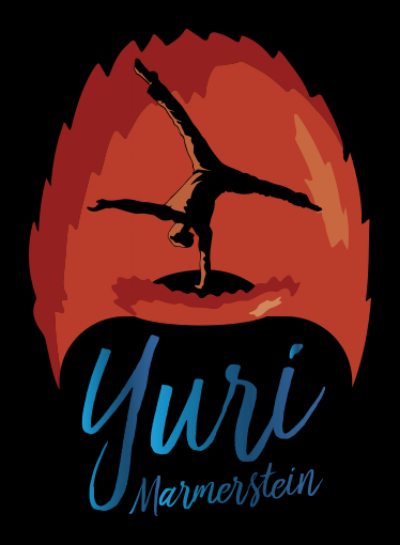Understanding how skills are learned is a vital thing to know for both a student and a teacher. However, it seems to me that many people are unaware of the intricacies of this process.
I want to offer an analogy that may shed some light on the matter.
You can think of achieving "mastery" of a skill similar to accelerating to highway speed from a dead stop in a car with manual transmission. Some of us may start with an uphill or downhill grade. There will be people who can naturally learn a skill without putting conscious effort into it. As a counter to that, others will have restrictions, either mental or physical that hinder them from the skill at hand. Their current lifestyle or mindset is not conductive, therefore lack of effort will actually bring them further from the goal in hand.
First things first, you have to put the car in gear. This means you have to want to learn the skill in question. Unless you are a wizard or mutant, it won't happen on its own.
In first gear you will be able to accelerate the fastest, thus you will make the most gains as a beginner in anything. However, first gear will only take you so far. Eventually you will have to switch to second gear.
In the case of skill learning, second gear would be modifying your training approach after building a solid foundation. Note that it is important to have a bit of momentum prior to shifting gears.
As the gears get higher it gets easier to maintain speed, but it becomes more difficult to accelerate. The higher skill level you are the more work it takes to reach the next level, but the skills become more ingrained.
With every new gear, you can pick up speed to a certain point after which slamming the accelerator will no longer propel you. Then you must shift again. A shift could be trying a new method, consulting a different teacher, doing some cross training, etc.
If you don't regularly maintain your vehicle, acceleration will be rough. If you have issues with the engine, you may need to fix them prior to taking your car to higher speeds.
If you shift to a high gear without the necessary speed, your engine can stall out.
Sometimes it is necessary to downshift to allow faster acceleration(going back to basics).
Familiarity with your car will result in smoother acceleration.
Riding each gear to its appropriate speed prior to shifting will result in smoother acceleration.
It always takes more energy to accelerate than to maintain speed.
If you put the car in neutral, you will lose speed. The faster you were going, the slower you will lose speed.
Every model car accelerates a bit differently.
It is easy here to draw lines and make connections. The point here is that the learning process is not linear. Any approach will continue to work to a certain point after which you will plateau your gains. There is not necessarily any one approach that will lead to mastery, rather understanding many different ones.
Lastly, everyone will take a slightly different path toward their goal and will require different guidance along the way.
Hopefully this is helpful in understanding where you stand in your own learning curve, as well as where your students are.





![IMG_1928[1].JPG](https://images.squarespace-cdn.com/content/v1/52912108e4b0661bae3be968/1399401752869-PAVE6QMBOBEZZMTJEHOU/IMG_1928%5B1%5D.JPG)

![IMG_1351[1].PNG](https://images.squarespace-cdn.com/content/v1/52912108e4b0661bae3be968/1392597514440-9QRR1LKM6HTMHB3FB2FA/IMG_1351%5B1%5D.PNG)
